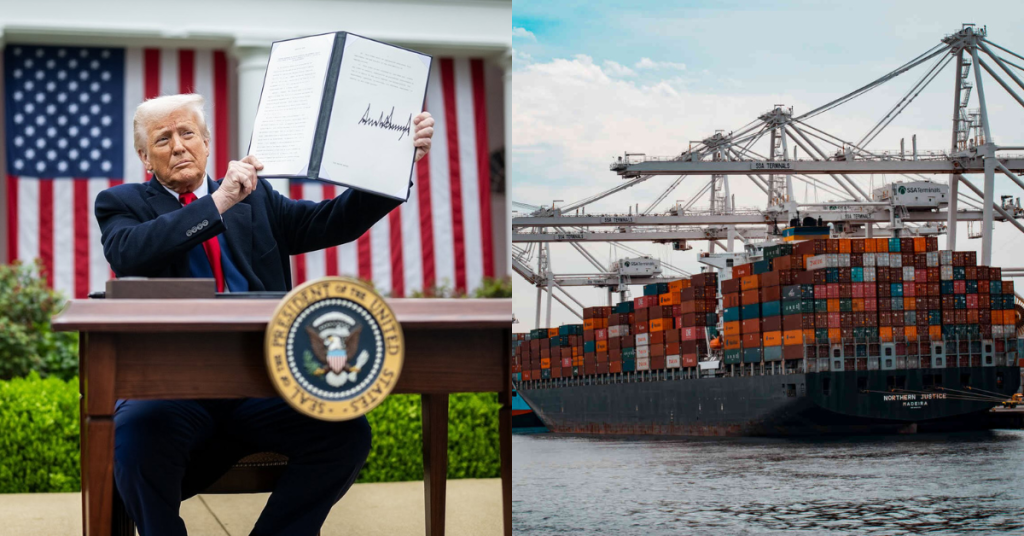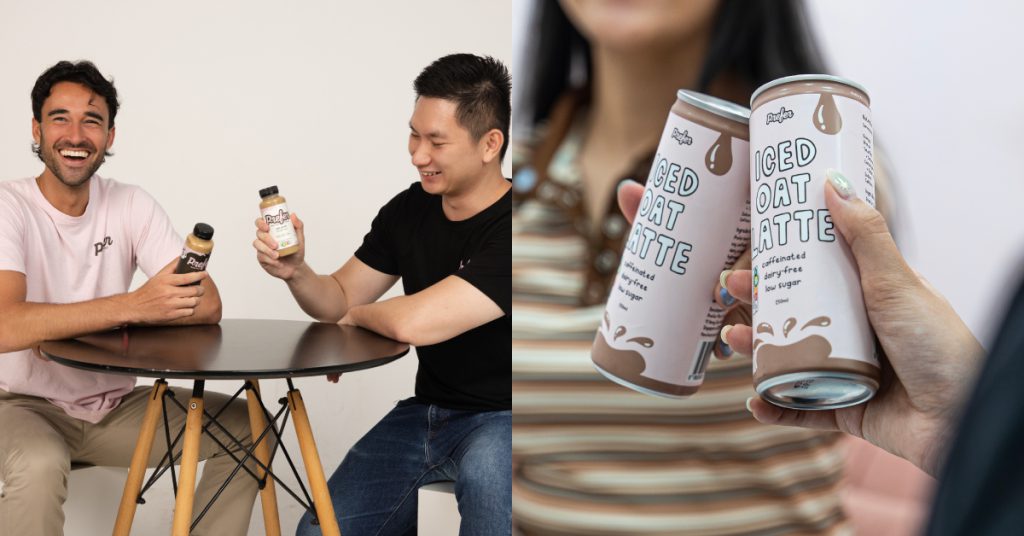In quite the turn of events, US President Donald Trump has put a 90-day pause on the reciprocal tariffs that were scheduled to be imposed on April 9, 2025.
As a quick recap, we were to be on the receiving end of a 24% reciprocal tariff for imposing a 47% tariff on imported goods from the USA.
(Remember that number, we’ll come back to that soon.)
That does bring us to an interesting question, though. What do we export and what were we about to be tariffed for?
Here’s a list of Malaysia’s top 10 exports in January 2025, as reported by the Ministry of Investment, Trade and Industry.
10. Processed foods
According to MATRADE, part of what makes Malaysia’s processed food industry as big as it is, would be our “globally recognised halal standard.”
Products include processed seafood, meat, dairy, cocoa, and confectioneries, just to name a few.
There’s also of course an age-old classic from our history books, spices.
- Total exported in January 2025: RM2,755,000,000
- Exported to: Singapore, Indonesia, USA, Thailand, Australia
- Example Malaysian companies: Various SMEs
9. Palm oil-based manufactured products

To spoil things a little bit, palm oil actually makes it on this list twice. This specific placement covers palm oil-based manufactured products.
This includes soaps and margarine.
- Total exported in January 2025: RM3,287,500,000
- Exported to: China, Netherlands
- Example Malaysian companies: Iffco Malaysia, Adeka Foods
8. Optical & scientific equipment

As per EximPedia, a Singaporean export-import data provider dedicated to international trade, this category involves quite a bit that I personally never thought we were involved in.
Optical exports include telescopes, binoculars, and lenses.
As for scientific equipment, microscopes, spectrometers, and laboratory equipment make up the category.
We also export imaging equipment like X-rays and MRIs in addition to surgical instruments and prostheses.
- Total exported in January 2025: RM4,242,100,000
- Exported to: Taiwan, Chile, Ukraine, Colombia, UK, USA
- Example Malaysian companies: ZK Instruments, Ophthalmic Instruments, Tay Scientific Instruments, Interscience
7. Metal products
By metal, this category specifically refers to iron and steel.
Steel in particular plays an integral part in infrastructure projects such as bridges, roads, railways, and the like.
- Total exported in January 2025: RM5,002,300,000
- Exported to: Turkey, Hong Kong, Singapore
- Example Malaysian companies: Malaysia Steel Works, Ann Joo Resources
6. Liquefied Natural Gas (LNG)
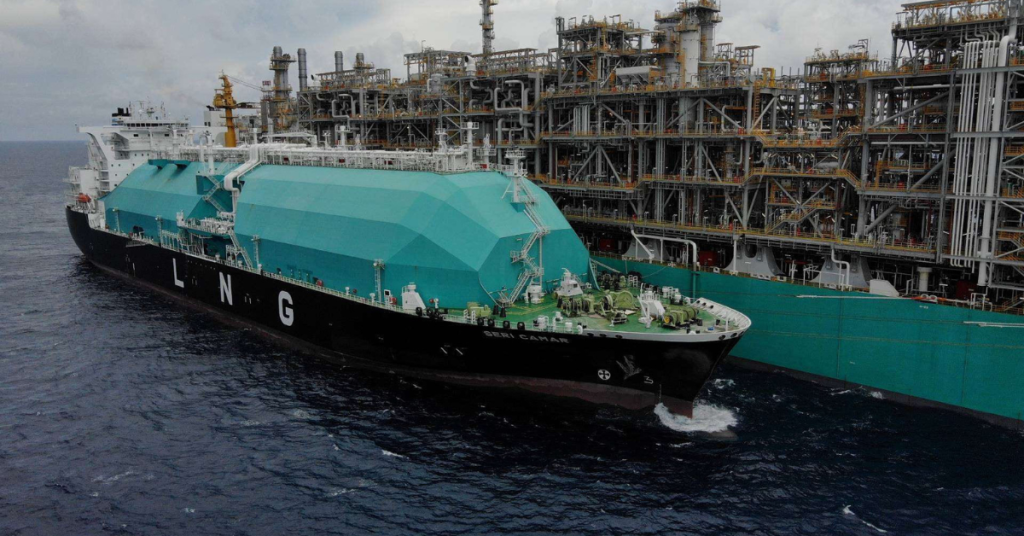
In June 2024, the International Gas Union reported that Malaysia was the fifth largest exporter of LNGs, losing only to Russia, Qatar, Australia, and the US.
They’re used primarily as a fuel source for generating electricity, cooking, and heating homes.
That said, they can also be used to make paints, medicines, fertilisers, as well as to fuel commercial vehicles.
- Total exported in January, 2025: RM5,245,400,000
- Exported to: Japan, China
- Example Malaysian companies: Petronas
5. Chemical & chemical products
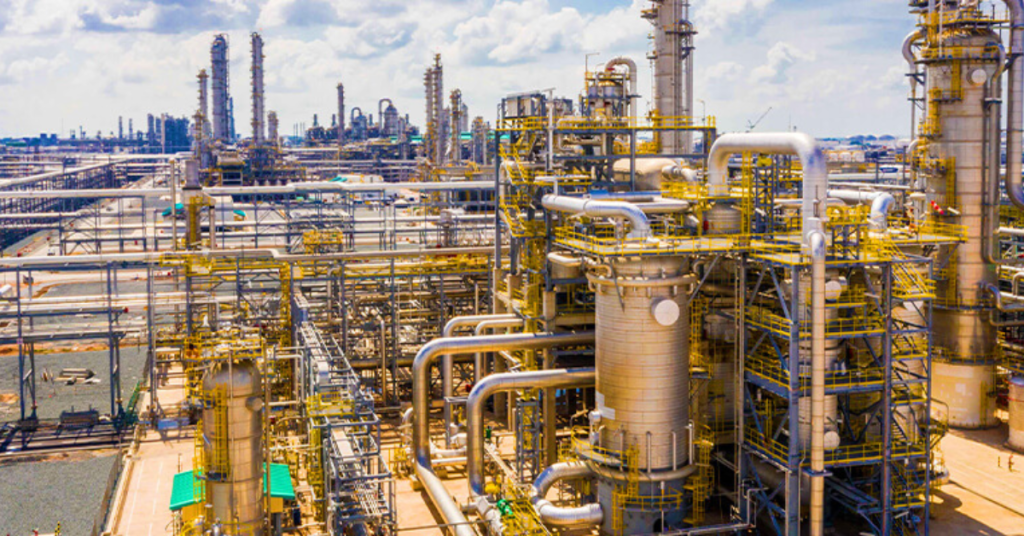
Malaysia’s primary exports when it comes to chemicals are petrochemicals, which are obtained from refining petroleum and natural gases.
These are used to make plastic, synthetic fibres, and cosmetics, to name a few.
- Total exported in January 2025: RM5,506,400,000
- Exported to: Thailand, China, Netherlands, Singapore, India
- Example Malaysian companies: Petronas
4. Machinery, equipment, & parts

For this entry, our local exports can be broken down into two categories, manufacturing and construction.
In manufacturing, exports include data processing machines, printers, air conditioners, and specialised equipment for automotives, electronics, and textiles.
Construction includes bulldozers, excavators, and cranes.
- Total exported in January 2025: RM5,921,000,000
- Exported to: Singapore, USA, Japan, Indonesia, Thailand
- Example Malaysian companies: Muar Ban Lee, Vitrox, Greatech, Favelle Favco, UWC
3. Palm oil & palm oil-based agriculture products

Here’s the second appearance of palm oil mentioned earlier.
This time around, the focus is on palm oil itself as well as agriculture products. The easiest way to put it is that palm oil-based manufactured products are made from palm oil-based agriculture products.
Examples include palm kernel oil which is used to make soaps and food as well as palm sugar, a natural sweetener.
- Total exported in January 2025: RM6,688,100,000 million
- Exported to: India, China, Kenya, Phillippines, Pakistan
- Example Malaysian companies: Sime Darby, IOI Group
2. Petroleum products
Coming in at second place are our petroleum products, specifically refined petroleum and crude petroleum.
Refined petroleum refers to gasoline diesel, jet fuel, and lubricants.
As for crude petroleum? Well, that’s simply petroleum as it occurs naturally.
- Total exported in January 2025: RM9,759,200,000 million
- Exported (crude) to: Thailand, Australia, Japan, Brunei, India
- Exported (refined) to: Singapore, Indonesia, Australia, Vietnam, Bangladesh
- Example Malaysian companies: Petronas, Hibiscus Petroleum
1. Electrical & electronic products (E&E)

And last but not least, here’s our biggest export by a long shot. Over four times larger than our petroleum products, we have E&E.
Half of our E&E exports are made up of semiconductors, the lifeblood of all modern electronics.
As for the other half, that includes integrated circuits (ICs) and printed circuit boards (PCBs).
- Total exported in January 2025: RM50,525,700,000
- Exported to: Singapore, USA, China, Japan, Europe
- Example Malaysian companies: Inari Amerton, Vitrox, Frontken
A small side note
Circling back to the topic of tariffs, we don’t actually have a 47% import tariff on American products.
That’s at least according to Tengku Zafrul Aziz, our Minister of Investment, Trade and Industry of Malaysia, who stated that the actual average is closer to 5.6%.
Now, I don’t know about you, but that seems like quite the leap.
Lucky for us, the United States Trade Representative was happy to show how they got their numbers.
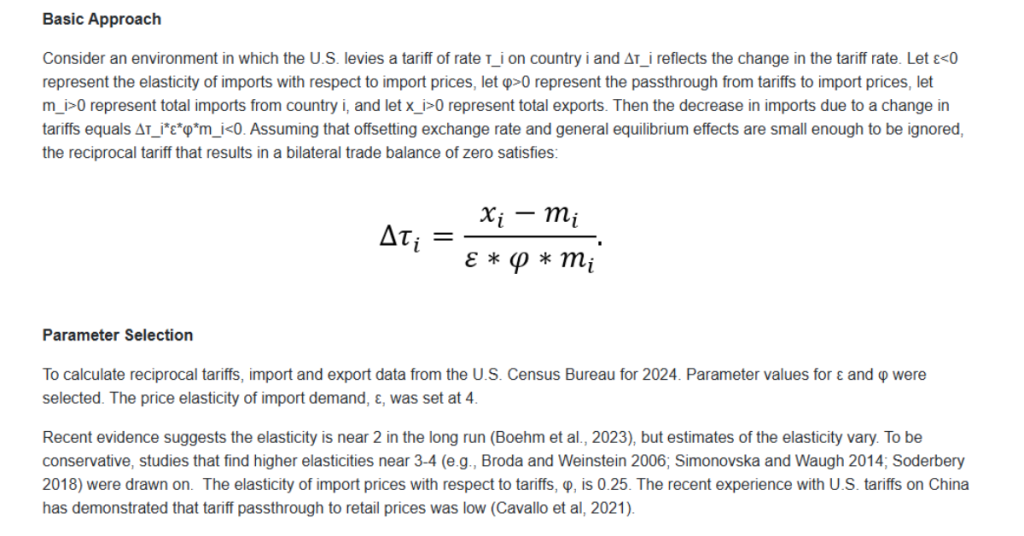
Note that ε × φ, that is 4 × 0.25, actually cancels each other out. And so the equation can be simplified to this, explanations included:
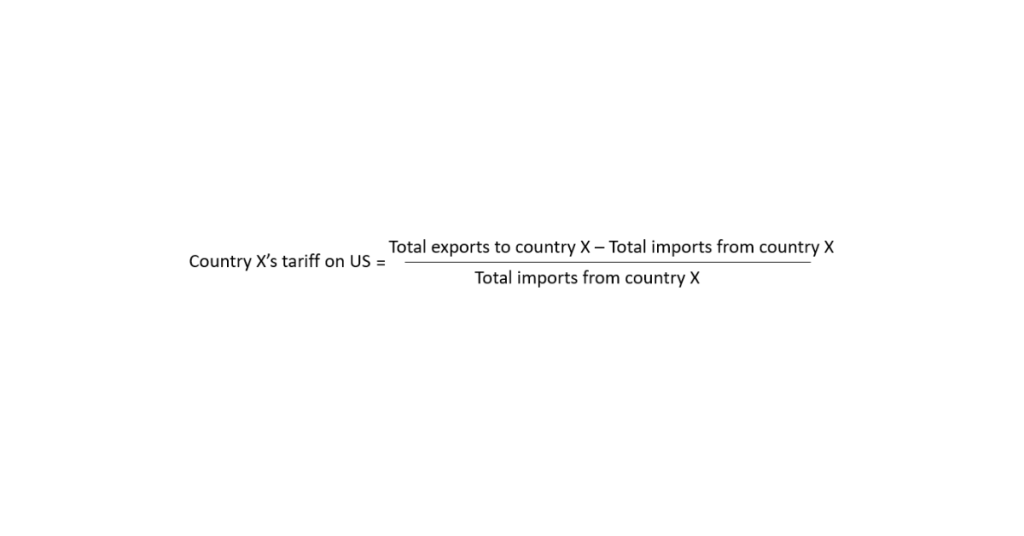
Now, take that final number produced by the equation, 47 in our case, and divide it by two, rounding it up if there’s a decimal.
That’s where the 24% that was to be imposed on our exports to the US comes from.
Here’s hoping that once the 90 days are over, this won’t be the reality that we find ourselves waking up to.
- Read other articles we’ve written about Malaysian startups here.
Featured Image Credit: The White House / Global Track Lines



